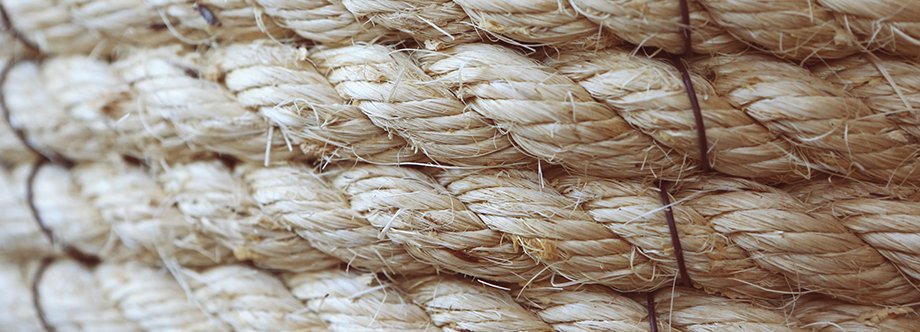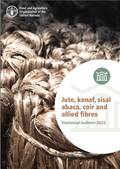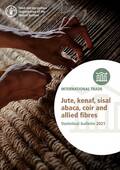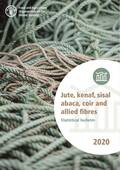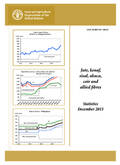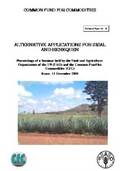Commodity in focus
Production and export of jute, abaca, coir, kenaf and sisal (JACKS) contributes to sustainable development, by fostering social, environmental and economic development in some of the poorest rural areas in the world. Positive externalities generated by the use of JACKS-based products can help offset some of the negative environmental impacts associated with plastic production and disposal.
Takeaways:
| JACKS fibres contribute to a global sustainable economy. |
| Demand for these fibres is strong due to their variety of applications including cordage, geotextiles, carpets, buffing cloth, specialty paper, binding material, “soft” applications in the automotive industry, and the increasing awareness that natural fibres are environmentally friendly. |
| The JACKS market is stimulated by the increasing demand for value added products, and further growth is expected on the back of diversification and improved policies. |
Did you know?
- Jute products consume less energy and are carbon negative, scoring a good ecological footprint. Jute can play a major role in achieving sustainable environmental objectives for countries across the globe who strive to mitigate greenhouse gases.
- Sisal is a renewable resource which could help solve climate change. Measured over its life-cycle, sisal absorbs more carbon dioxide than it produces. During processing, it generates mainly organic wastes and leaf residues that can be used to generate bioenergy, produce animal feed, fertiliser and ecological housing material. At the end of its life cycle, sisal is 100 percent biodegradable.
- Abaca waste materials are used as organic fertilizer.
- Coir Geotextiles made from coir are durable, absorb water, resist sunlight, facilitate seed germination, and are 100 percent biodegradable.
Featured Resources
-
Jute, Kenaf, Sisal, Abaca, Coir and Allied fibres Statistical Bulletin 2023
Published: September 2024
-
Jute, Kenaf, Sisal, Abaca, Coir and Allied fibres Statistical Bulletin 2022
Published: June 2023
-
Jute, Kenaf, Sisal, Abaca, Coir and Allied fibres Statistical Bulletin 2021
Published: September 2022
-
Jute, Kenaf, Sisal, Abaca, Coir and Allied fibres Statistical Bulletin 2020
Published: April 2022
-
Jute, kenaf, sisal, abaca, coir and allied fibres - Statistics, December 2016
Published: January 2017
-
Jute, Kenaf, Sisal, Abaca, Coir and Allied Fibres Statistics, December 2015
Published: December 2016
-
Common Fund for Commodities - Alternative Applications for Sisal and Henequen
Published: January 2001

